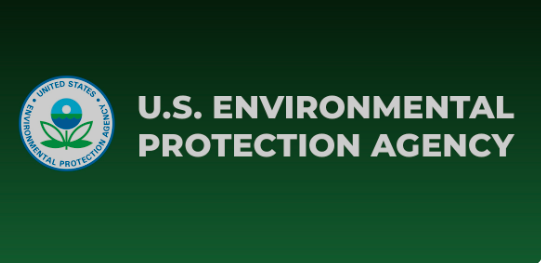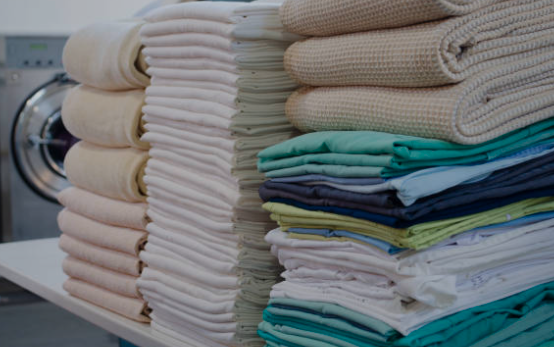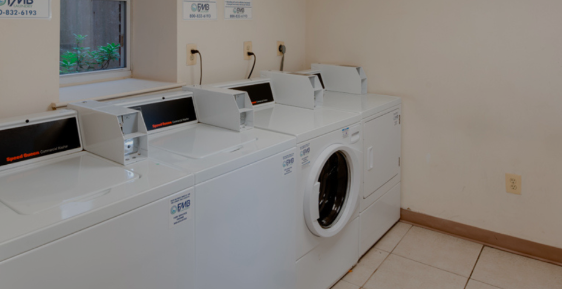Government Regulations On Laundry Chemicals

Government regulations on laundry chemicals are designed to ensure the safety of consumers, workers, and the environment. These regulations are put in place to control the manufacturing, labeling, packaging, and use of chemicals in the laundry industry. They cover a wide range of aspects, including health and safety standards, environmental impact, and product labeling. The importance of these regulations lies in protecting human health, preventing environmental pollution, and promoting transparency in product information.
- Health and Safety Standards:
- Worker Safety: Regulations often set standards to protect the health and safety of workers involved in the manufacturing and use of laundry chemicals. This includes guidelines for handling, storage, and transportation of these chemicals to minimize the risk of accidents and exposure.
- Consumer Safety: Regulations ensure that laundry chemicals used in household products meet certain safety standards to prevent harm to consumers. This involves testing for skin irritation, toxicity, and other potential health hazards.
- Environmental Impact:
- Chemical Disposal: Regulations dictate how laundry chemicals should be disposed of to minimize their impact on the environment. This may include guidelines on wastewater treatment for facilities involved in laundry chemical production and use.
- Biodegradability: Some regulations may require laundry chemicals to be biodegradable to reduce their environmental footprint and prevent long-term damage to ecosystems.
- Product Labeling:
- Ingredient Disclosure: Regulations often mandate the disclosure of all ingredients used in laundry chemicals on product labels. This helps consumers make informed choices and avoid potential allergens or harmful substances.
- Usage Instructions: Guidelines may require clear and accurate usage instructions to ensure that consumers use the products safely and effectively.
- Compliance and Certification:
- Certification Programs: Some governments implement certification programs to verify that laundry chemicals comply with established standards. Manufacturers may need to obtain certifications to demonstrate their commitment to quality and safety.
- International Harmonization:
- Alignment with Global Standards: Some countries align their laundry chemical regulations with international standards to facilitate trade and ensure consistency in safety and environmental practices.
Examples of Government Regulations on Laundry Chemicals:
- United States:
- The Occupational Safety and Health Administration (OSHA) sets workplace safety standards.
- The Environmental Protection Agency (EPA) regulates the use and disposal of chemicals that may impact the environment.
- European Union:
- The Registration, Evaluation, Authorization, and Restriction of Chemicals (REACH) regulation governs the use of chemicals in the EU, including those used in laundry products.
- Canada:
- Health Canada regulates laundry chemicals under the Consumer Chemicals and Containers Regulations (CCCR) to ensure consumer safety.
- Australia:
- The Australian Pesticides and Veterinary Medicines Authority (APVMA) oversees the registration and regulation of laundry chemicals to ensure their safety and efficacy.
- International:
- The Globally Harmonized System of Classification and Labelling of Chemicals (GHS) provides a globally recognized framework for classifying and labeling chemicals, influencing regulations in various countries.
In summary, government regulations on laundry chemicals play a crucial role in safeguarding human health, protecting the environment, and ensuring the proper use of these products. Compliance with these regulations is essential for manufacturers, distributors, and users to contribute to a safer and more sustainable laundry industry.




